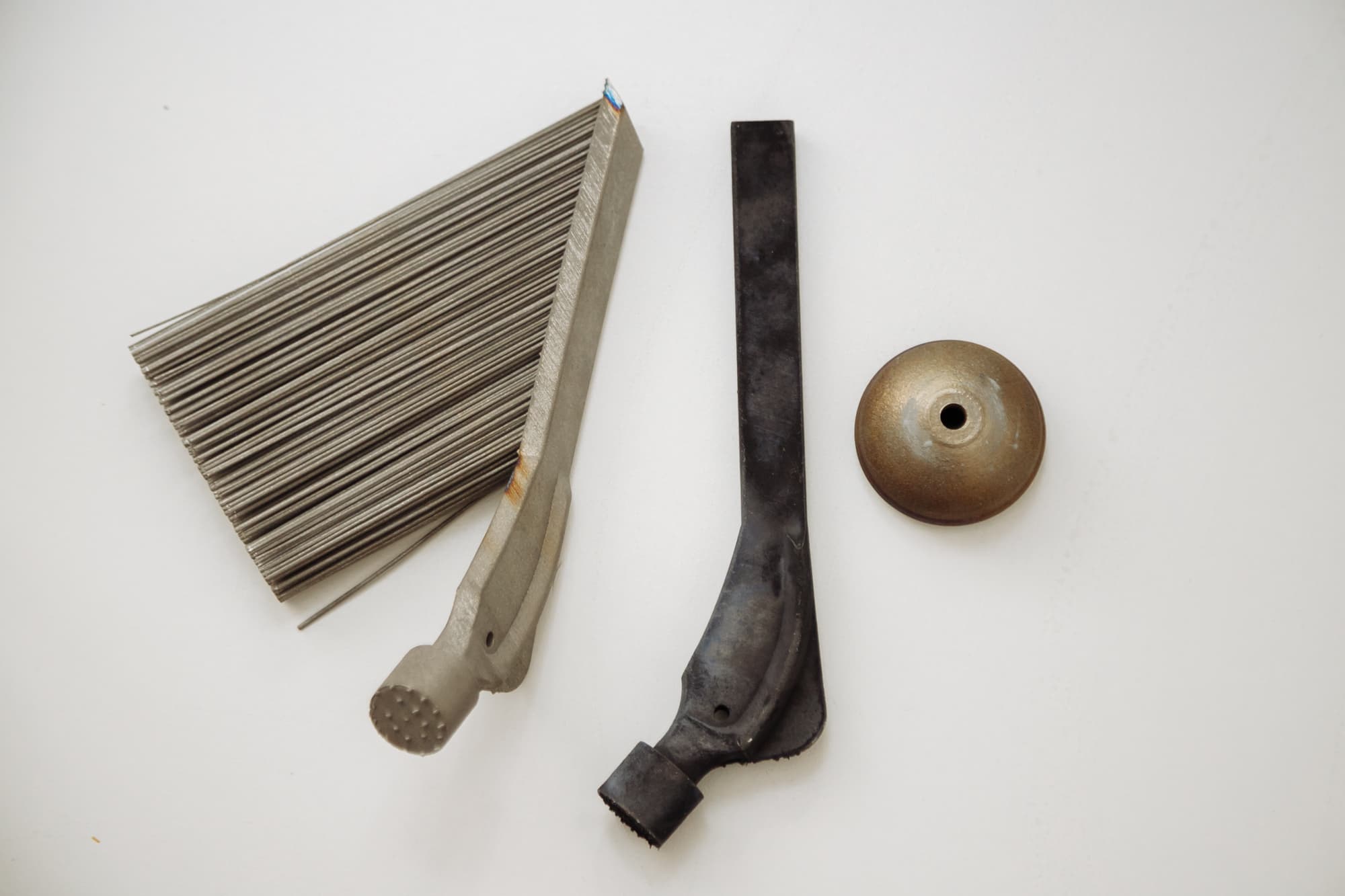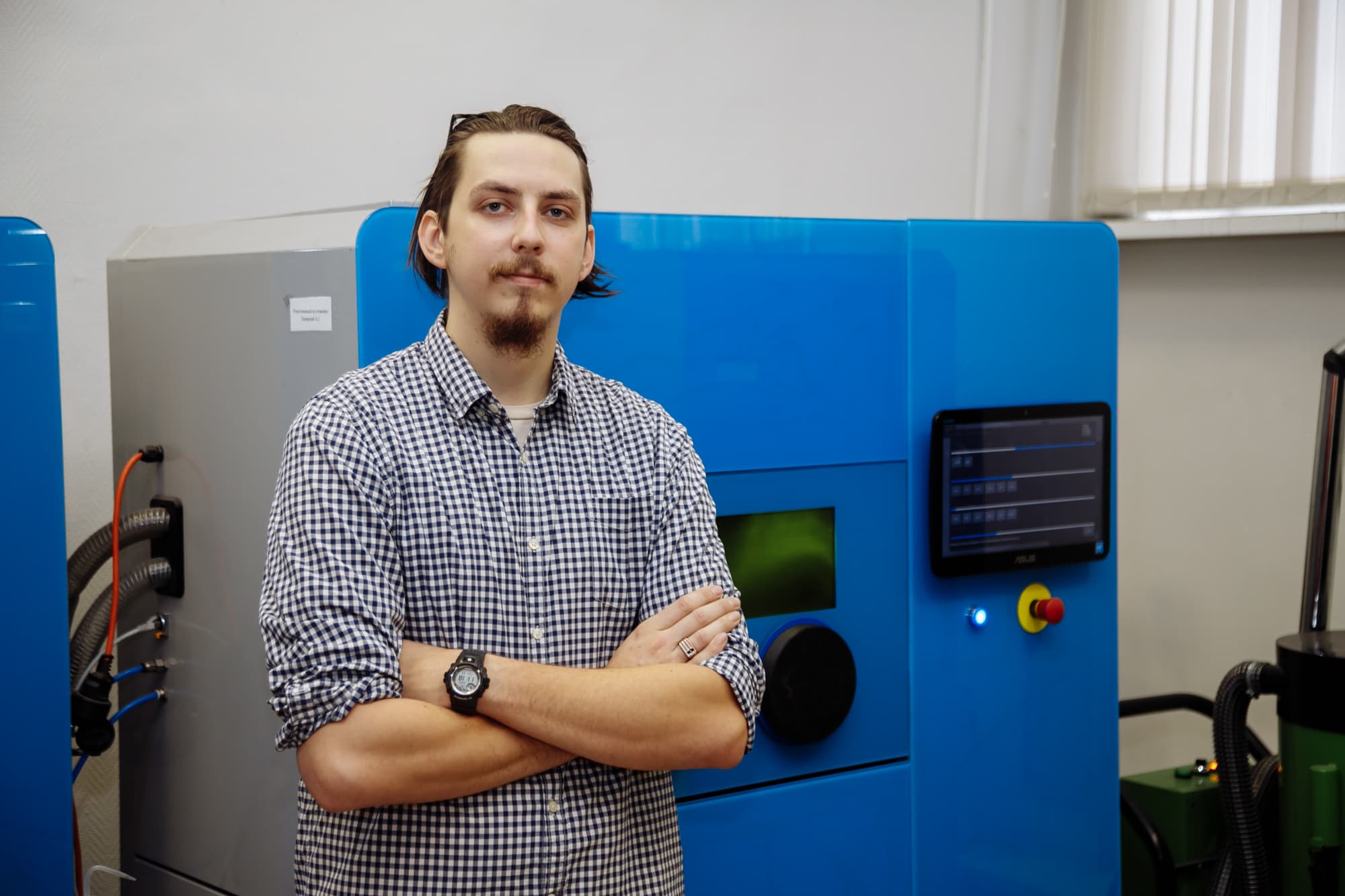Scientists and engineers of Samara University will develop a system for accelerated design and construction of personalized titanium endo-prostheses manufactured using 3D printing and implanted into the human body. According to preliminary calculations, the innovative technology will reduce by about 2.5 times the time required for the design and technological preparation of 3D printing of an individual endo-prosthesis designed for a particular patient, as well as reduce the weight of the prostheses being created and reduce the cost of their manufacture. The project, designed for a year, is being implemented as part of the Advanced Aerospace Engineering School and received financial support from the Innovation Assistance Fund in the form of a grant of 1 million rubles.
"Our project should solve the issue of the possibility of developing anatomically adapted endo-prostheses with improved functional properties in a short time, which is relevant for domestic medicine. Currently, in Russia there is no single integrated system for the design and construction of personalized implants manufactured using additive technologies, that is, on 3D printers. The aim of the project is to create such a system in the form of a digital integrated environment for design and technological preparation of production. According to our calculations, it will reduce the standard production preparation time by 2.5 times, which will be about 15–20 days. Accordingly, the total time spent on the creation of an endo-prosthesis will be significantly reduced," said Maxim Zvyagintsev, project manager, design engineer at the Engineering Center of Samara University.
The technology being developed by Samara scientists and engineers will make it possible to design and prepare for printing implants of a special design — with a porous internal structure in the form of small hollow cells. According to Maxim Zvyagintsev, it is planned that the cells will have a hexagonal, that is, six-sided, like a honeycomb, shape. The size of the cells will be approximately 5x5 mm.
As is known, honeycombs, having the shape of regular hexagons, have a sufficiently high strength with a minimum wall thickness, and bees spend the least amount of wax on making hexagonal honeycombs, while honeycombs of any other geometric shape would require more consumption of bee building material. Thus, an endo-prosthesis with hexagonal cells, having sufficient strength, will be much lighter than an implant with a solid internal structure, and expensive consumables in the form of titanium powder will take much less for such a prosthesis, which means that the cost of manufacture will decrease.
"The use of cellular structures will lead to material savings of about 2 times; therefore, the cost of the product will also decrease — as calculations show, by 45%. In addition, with our technology, domestic rather than foreign powder materials will be used — this will reduce the cost of the endo-prosthesis by another 30% compared to its imported counterpart," Maxim Zvyagintsev noted.
According to medical statistics, hip replacement is most often required. According to open sources, more than 80 thousand operations are performed annually in Russia to replace this joint, while the need for such operations in our country is estimated at about 200 thousand per year.
The reason for the implant installation is, first of all, arthrosis and injuries, including fractures of the femoral neck, which are most dangerous for the elderly. Therefore, the technology being developed will first of all be tested for the design and construction of hip endo-prostheses. Although the technology itself will allow you to create a wide variety of endo-prostheses, including the knee joint, which is the second in terms of the number of endo-prosthesis operations performed.
Within the framework of the project, it is planned to conduct clinical trials of manufactured prototypes of endo-prostheses together with medical institutions of the Samara region. It is planned to patent the technology and design of endo-prostheses.
"The vast majority of hip or knee replacements currently being installed in Russia are manufactured abroad. Domestic manufacturers of endo-prostheses cannot yet fully take over the solution of this problem, although, of course, the number of Russian manufacturing companies continues to increase every year. Our development should help reduce dependence on imported implant suppliers. The results of the project should be a digital technological "manual" for the creation and manufacture of anatomically adapted endo-prostheses of cellular structure, the organization of a small production of customized endo-prostheses and the provision of engineering services for the design and technological preparation of additive manufacturing of implants. We also plan to obtain patents for the manufacturing method and for a useful model of the endo-prosthesis design," Maxim Zvyagintsev stressed.
Photo: Elena Vagner



